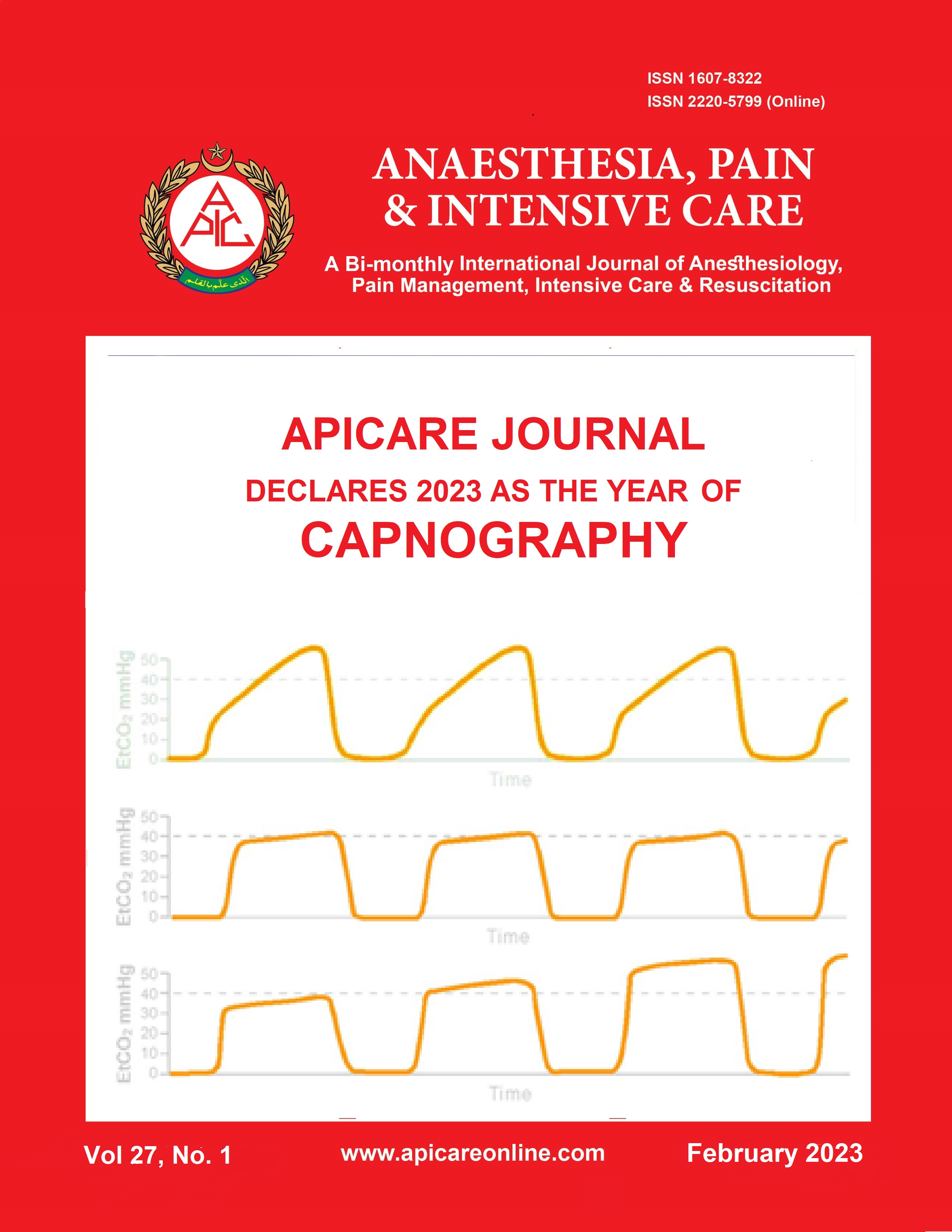Effect of Transcutaneous Auricular Vagus Nerve Stimulation Addition on Disability in Chronic Low Back Pain Patients: A Randomized Controlled Study
Abstract
Background & objective: Low back pain is a common problem, especially in the young and middle-aged working people, and is often very resistant to the conventional management. We evaluated the impact of transcutaneous auricular vagus nerve stimulation (tVNS), applied in conjunction with an exercise treatment program, on disability in chronic low back pain patients.
Methodology: The study was conducted from June to October 2022. Twenty-two patients aged 42.18 ± 9.91 y, with Numerical Pain Rating Scale (NPRS) score 5.64 ± 1.09 and Roland Morris Disability Questionnaire (RMDQ) score 10 ± 4.670, were randomly assigned to two groups. The control group received only exercise therapy (EXC group, n = 11), and the intervention group received exercise and tVNS therapy (EXC + tVNS group, n = 11). The primary outcome was RMDQ, measured before and after the intervention.
Result: The mean RMDQ was significantly improved in both groups. In the intervention group the improvement was from 9.45 ± 4.44 to 2.18 ± 2.71 (P = 0.000), in the control group it was from 10.55 ± 5.05 to 2.36 ± 2.06 (P = 0.001). Inter-group comparison showed no significant difference. The effect size of the control group (2.12) was similar with the intervention group (1.98).
Conclusion: Addition of 2-weeks tVNS to exercise therapy did not show superior effect on disability improvement compared to exercise only in chronic low back pain. Exercise alone was sufficient to improve the mean RMDQ.
Abbreviations: CLBP: Chronic low back pain; EXC: Exercise; tVNS: Transcutaneous auricular vagus nerve stimulation; NPRS: Numerical pain rating scale; RMDQ: Roland Morris disability questionnaire
Key words: Chronic low back pain; Disability; Exercise; Transcutaneous Auricular Vagus Nerve Stimulation
Citation: Uzlifatin Y, Arfianti L, Wardhani IL, Hidayati HB, Melaniani S. Effect of transcutaneous auricular vagus nerve stimulation in addition to exercise on disability in chronic low back pain patients: a randomized controlled study. Anaesth. pain intensive care 2022;27(1):73−81; DOI: 10.35975/apic.v27i1.2084
Received: December 07, 2022; Reviewed: December 28, 2022; Accepted: January 11, 2022














